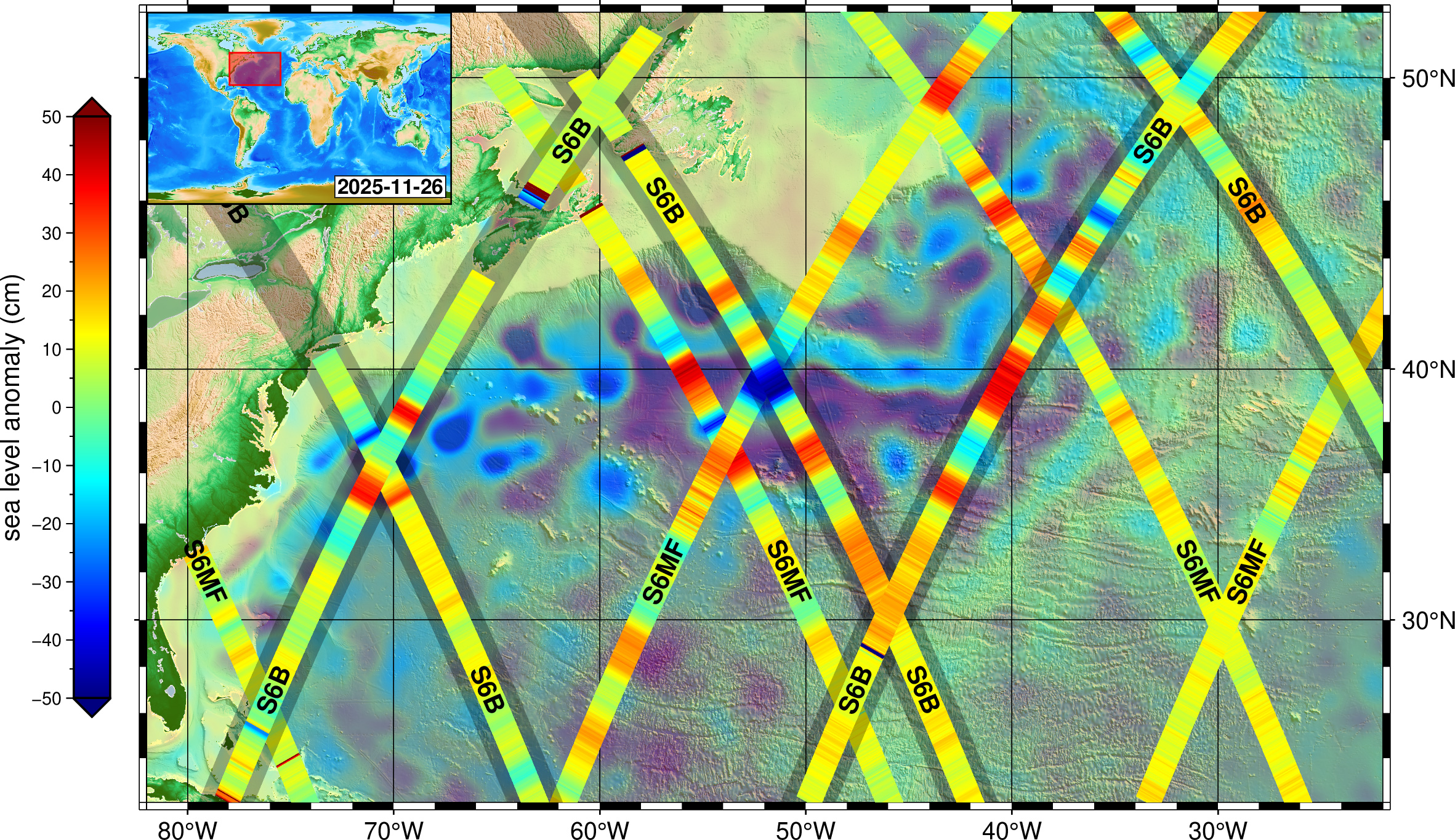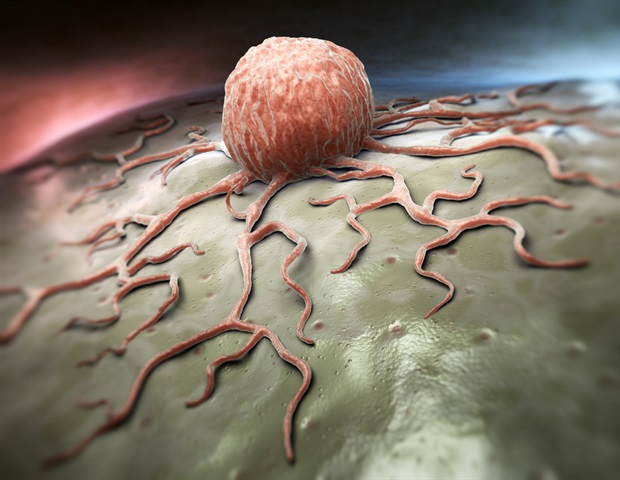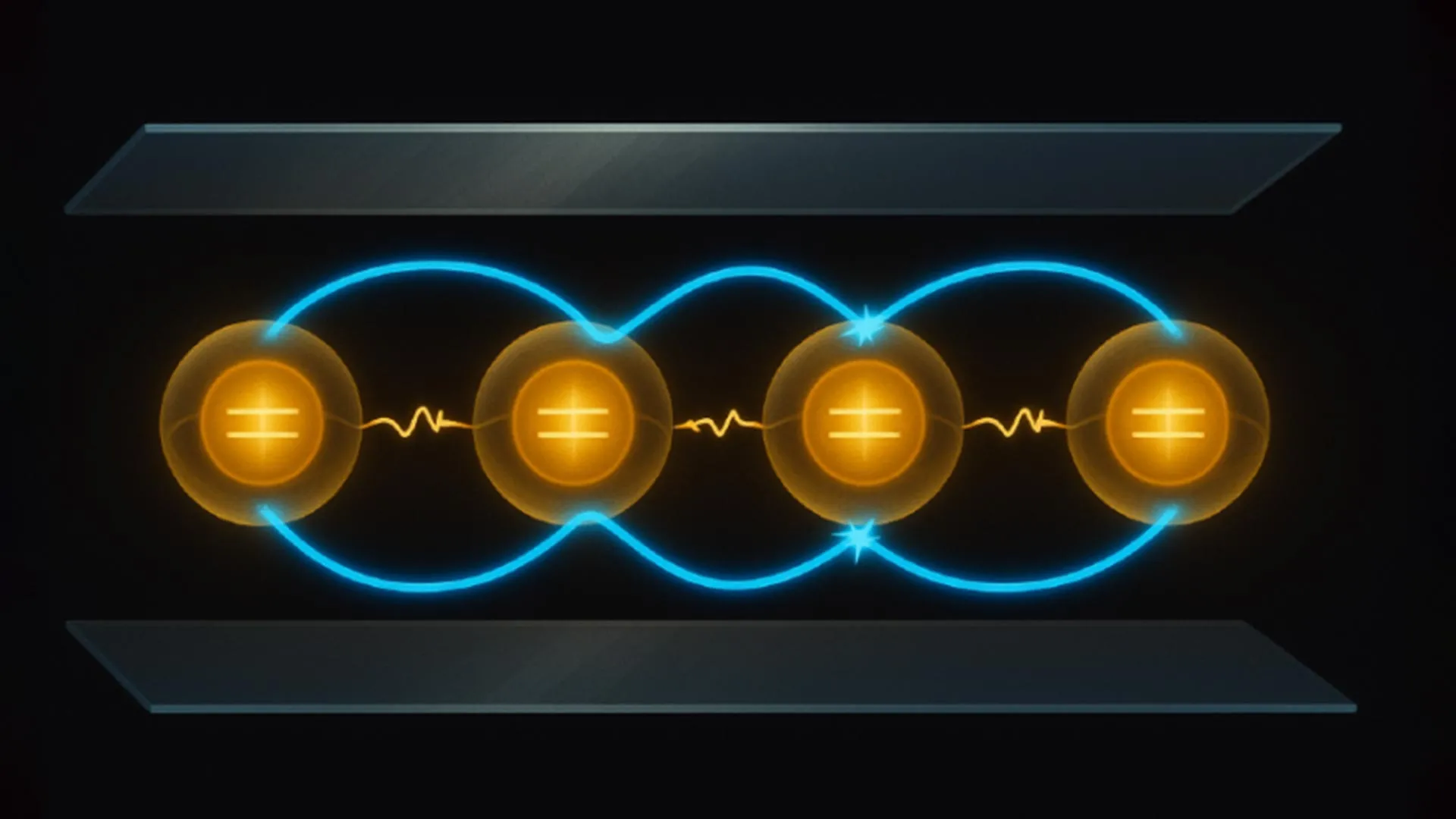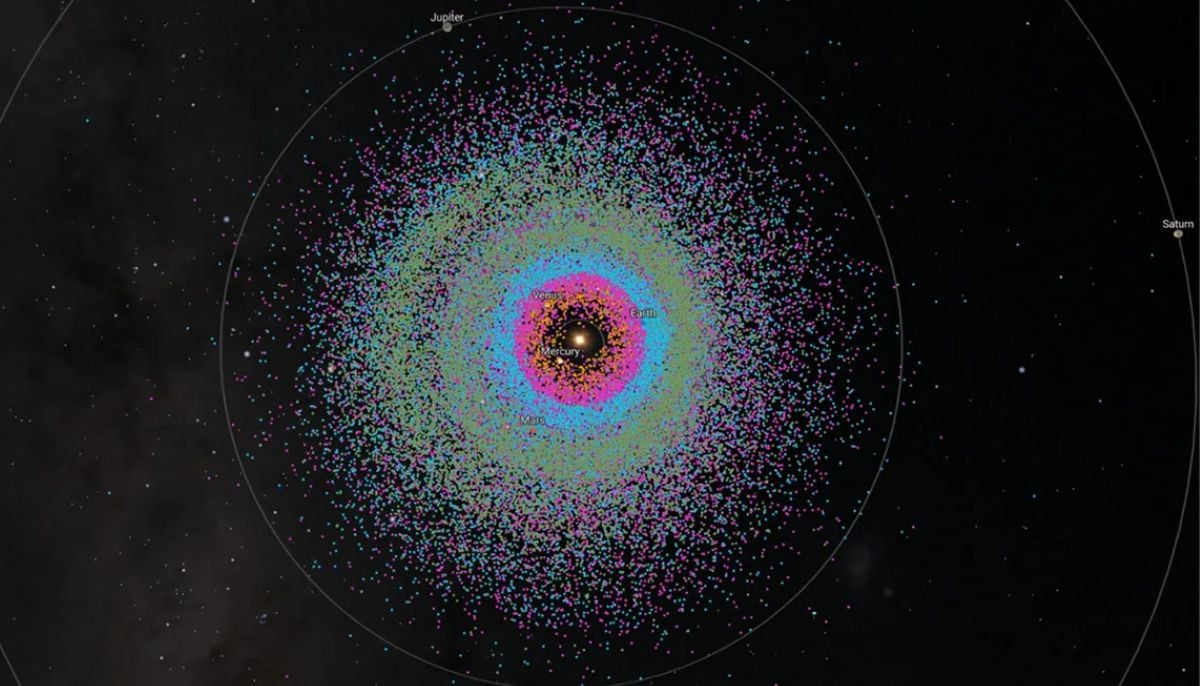One of the most famous hominin fossils may not be as familiar as we thought. The specimen, affectionately dubbed “Little Foot”, could represent an entirely new species.
Discovered in Sterkfontein cave in South Africa, Little Foot is believed…

One of the most famous hominin fossils may not be as familiar as we thought. The specimen, affectionately dubbed “Little Foot”, could represent an entirely new species.
Discovered in Sterkfontein cave in South Africa, Little Foot is believed…

In late November, Hayli Gubbi erupted explosively, sending a towering plume of ash and volcanic gases high into the atmosphere. The MODIS instrument on NASA’s Aqua satellite captured the dramatic scene just four hours after the eruption began….

In addition to measuring sea level, instruments aboard the satellite will gather information on wind speeds, wave heights, atmospheric temperature, and humidity. In turn, that data can be used by U.S. agencies as well as to refine the Goddard…

Antarctica often feels like the last place plastic pollution could reach. Ice covers the land, human activity is limited, and the continent seems isolated from the daily environmental damage seen elsewhere.
For a long time, that isolation felt…
JERUSALEM, Dec. 16 (Xinhua) — Some dinosaurs that lived 160 million years ago had feathers but could not fly, a study by Tel Aviv University released Tuesday suggests, showing that the evolution of flight was more complex than previously…

Osteosarcoma is the most prevalent primary malignant bone tumor in children and adolescents. The current standard treatment involves a combination of chemotherapy and radical surgical resection. This approach, however,…

Scientists at Stockholm University and the Indian Institute of Science Education and Research (IISER) Mohali have outlined a realistic strategy to observe one of the most unusual ideas in modern physics: the Unruh effect. This effect predicts…

Scientists at Stockholm University and the Indian Institute of Science Education and Research (IISER) Mohali have outlined a realistic strategy to observe one of the most unusual ideas in modern physics: the Unruh effect. This effect predicts…

The powerful earthquake that struck Myanmar on March 28, 2025, has given researchers an uncommon chance to observe how some of the planet’s most dangerous fault systems behave, including faults similar to California’s San Andreas. Earthquakes are…

A surprising discovery has been unveiled by astronomers as they…